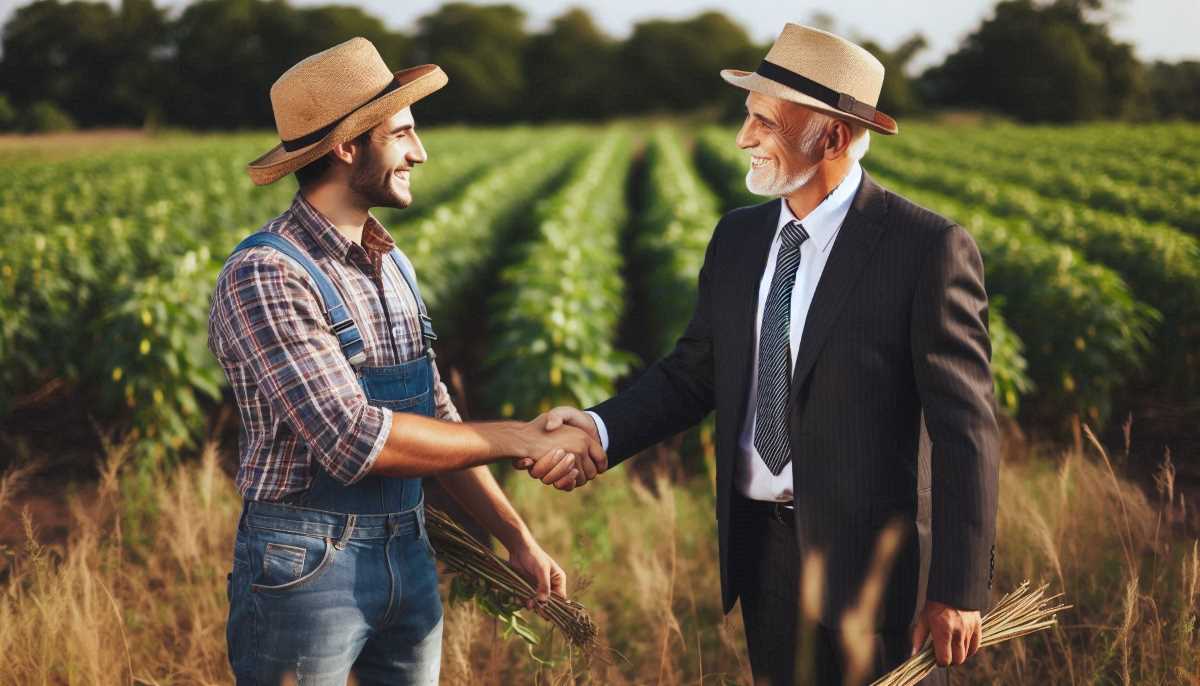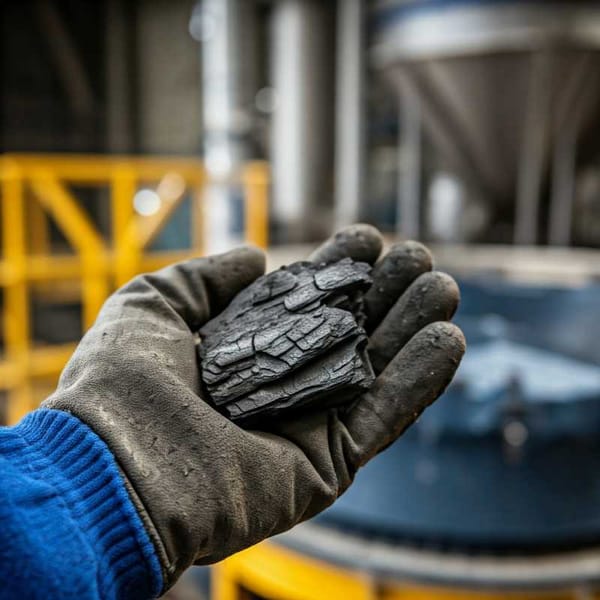How Mexico's Small-Scale Farmers Are Nurturing Biodiversity
Small-scale producers in Mexico are the backbone of the country's agrobiodiversity and food supply. Their traditional practices, honed over generations, contribute to the preservation of genetic diversity and ensure food security for millions.

Mexico is more than just a culinary capital and tourist magnet; it is a global epicenter of agrobiodiversity. As the cradle of some of the world’s most vital crops, such as maize, beans, and chili peppers, Mexico stands as a bastion of genetic diversity and traditional agricultural knowledge. This rich agricultural heritage is sustained not by large corporations but by small-scale producers who serve as the primary food providers for over 54 million people in the country. These participants of the food system are also the frontline defenders of agrobiodiversity, preserving the genetic variability of hundreds of crops.
The second day of the Inter-American Congress on Water, Soil, and Agrobiodiversity (CIASA) 2024 highlighted these critical roles, underscoring the invaluable contributions of small-scale farmers in Mexico. Experts at the conference emphasized how traditional agricultural practices not only ensure food security but also safeguard the genetic wealth that is essential to the future of global agriculture.




